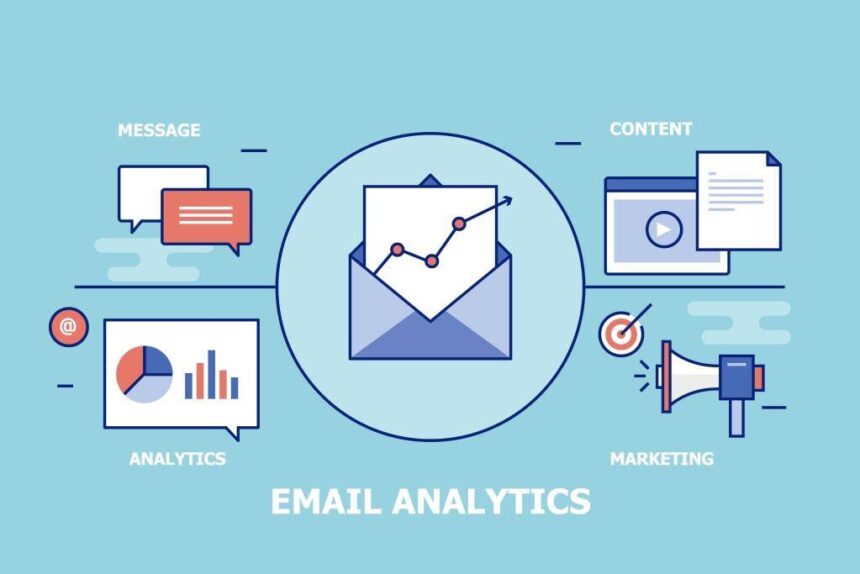Data analytics is changing the face of digital communications. A growing number of companies that rely heavily on email communications are using big data to streamline content and improve the user experience. One of the biggest applications of big data in email is by fighting spam and fraud.
Data Analytics is Playing a Crucial Role in Fighting Email Fraud
It is now more important than ever for businesses to interact with customers and partners online. When doing this, though, you open yourself up to the risk of online fraud. Online fraud is nothing to joke around with, costing businesses tens of billions of dollars annually. Fortunately, big data can address this issue.
The ease and simplicity of taking orders and business transactions online make it quite appealing for businesses big and small. There is a lot of risks that go along with it though, especially verifying the identity of your buyer before going through with the transaction approval. As a business, there are steps you can take to use big data to come up with an e-mail risk score to help validate if the user is legitimate.
Become Familiar With the E-Mail Risk Score
To put the e-mail risk scoring process to use for your business, you need to understand it first. The process behind e-mail risk scoring revolves around algorithms. As transactions are put through with an e-mail address to do things such as order food, open a bank account, etc. a risk score is given to that e-mail and its transaction.
The algorithm runs in real-time to help the business make a decision on whether they should approve the transaction, or flag it as fraudulent and prevent it. Tools, such as SEON’s Sense Platform, can integrate with eCommerce platforms to dynamically determine the legitimacy of email addresses, phone numbers and IP’s trying to complete orders through data enrichment and analysis. When you put in place e-mail risk scores you can quickly work to try and reduce online fraud losses and minimize risk exposure.
Verify the E-Mail Address of the User
One of the easiest ways to use an e-mail risk scoring process to your advantage as a business is to put an e-mail validation process in place. Putting steps, such as a real-time SMTP check, to make sure the e-mail is valid can help you be more comfortable with the transaction coming through.
Linking an E-Mail to Social Media
You can also use e-mail risk scoring to link an e-mail address up to social media accounts. When you have someone with an e-mail on social media, it is less likely that it will be fraudulent. This makes it more likely the e-mail is legitimate and has a tie to a real person. You can also use the social media profiling process to get more information on the individual to do a better assessment of their risk.
Check Against Blacklists
There are lists out there which are the public blacklists. If there are e-mails going through transactions for your business that are on the blacklist, flagging them is ideal. This can allow you to prevent fraud before it has a chance to start. Have an e-mail risk scoring process in place too heck the e-mails against the known blacklists.
Using e-mail risk scoring processes can help businesses of all sizes better combat online fraud. With the need to be on top of your game when it comes to fraud prevention, take advantage of the great online tools available. Businesses need to be able to perform online transactions with confidence. When they have customers making purchases, knowing they are legitimate before they accept the order gives assurance through the sales lifecycle.
Big Data is the Key to Fighting Email Fraud
Email fraud is a growing concern. Fortunately, big data has made it easier to fight than ever. Companies should use big data to facilitate fraud prevention by developing email risk scores.







